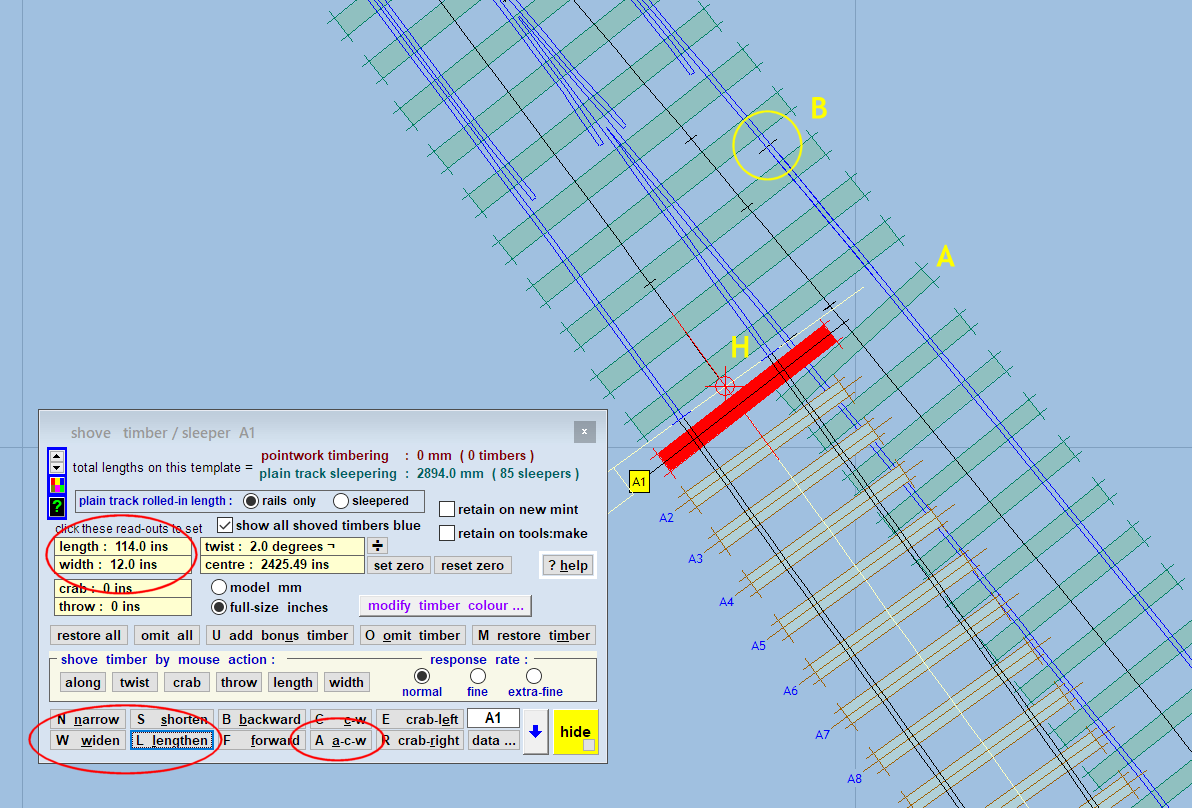bordercollie
Member
- Location
- Australia
Hi
I see that new website is up and running.
I have a query in relation to the placement of rail joints in turnouts and other track formations. I realise from an answer in a previous thread that lengths of rail were produced so as to reduce or eliminate short lengths that could not be utilised elsewhere. However are there any places where a joint can not be placed, other than the join would need to be between two timbers? In my case using 44'6" (178mm) rail lengths a V of 1:7 would roughly work out at 204 mm in 4mm scale. Therefore, I would assume that all else being equal the track builders would try and use two lenghts of approx. 25' (102mm). Is my thinking correct?
I see that new website is up and running.
I have a query in relation to the placement of rail joints in turnouts and other track formations. I realise from an answer in a previous thread that lengths of rail were produced so as to reduce or eliminate short lengths that could not be utilised elsewhere. However are there any places where a joint can not be placed, other than the join would need to be between two timbers? In my case using 44'6" (178mm) rail lengths a V of 1:7 would roughly work out at 204 mm in 4mm scale. Therefore, I would assume that all else being equal the track builders would try and use two lenghts of approx. 25' (102mm). Is my thinking correct?
message ref: 291
 Search
Search


